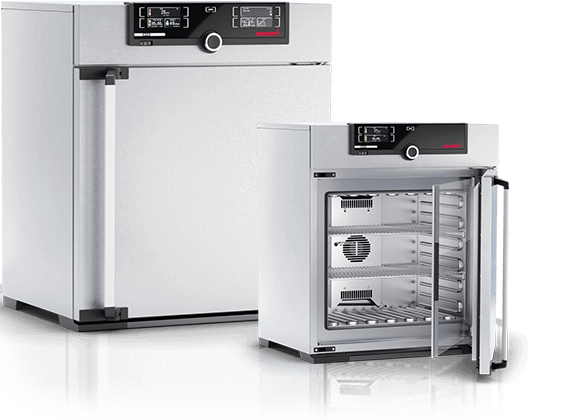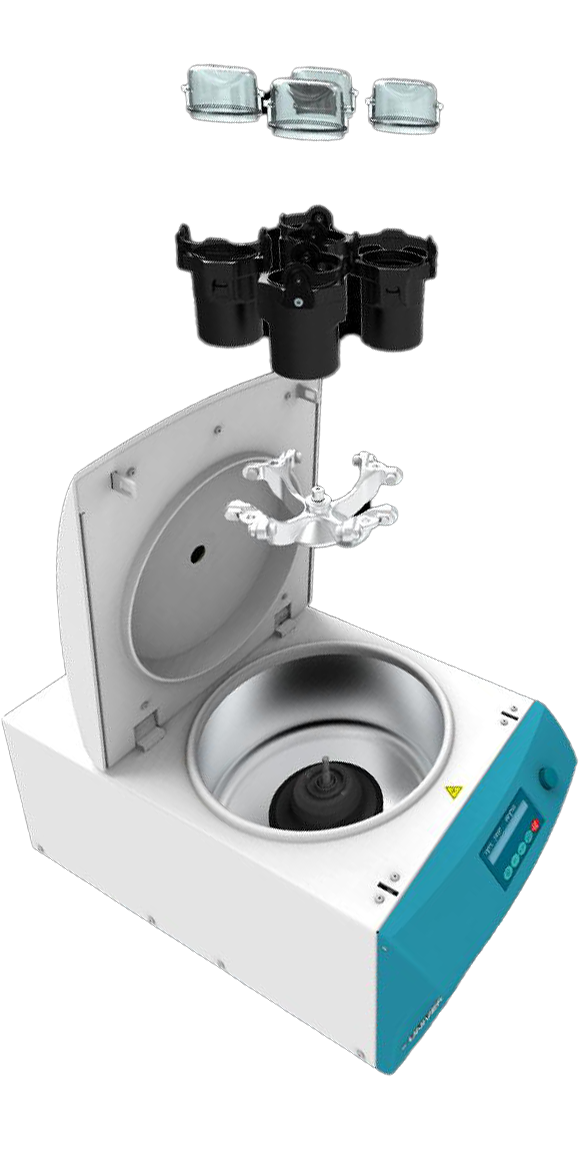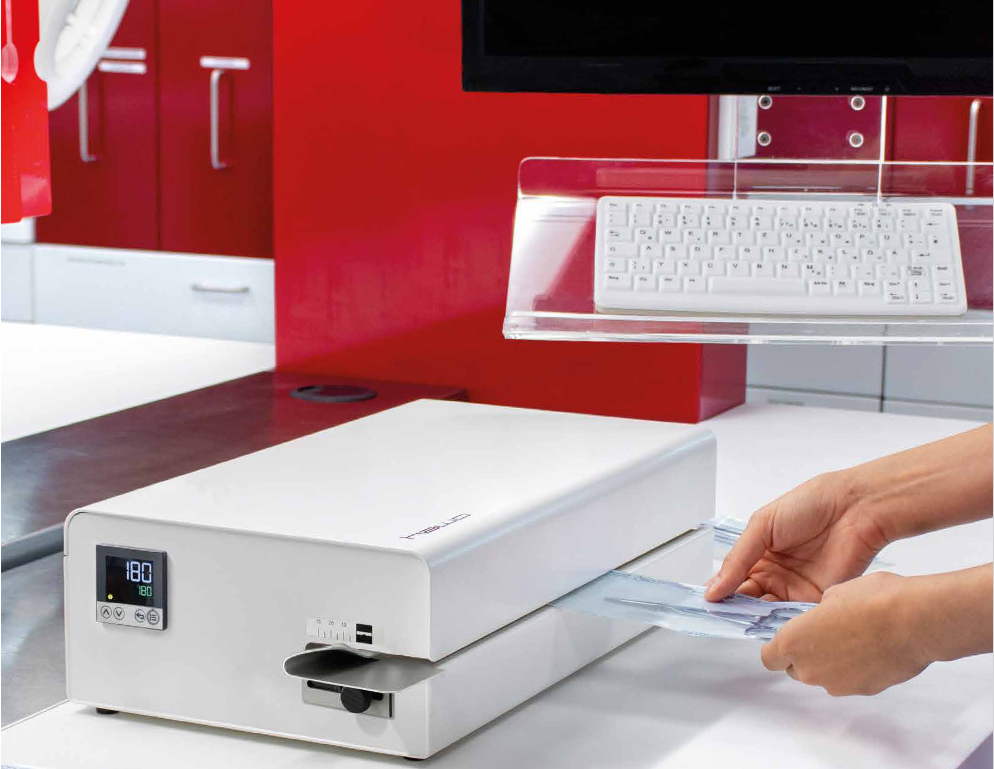Cart 0
Sterile service traceability: Labelling and documentation systems for sterile service departments
Sterile service traceability is a crucial factor in ensuring patient safety. Any instrument that has been sterilised and re-packaged must





